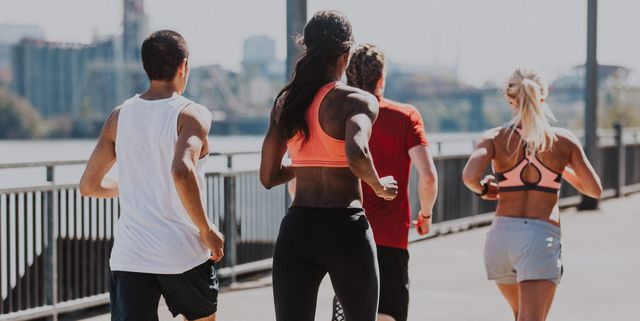Menstrual Cycle and Athletic Performance
– Train smarter by understanding your body’s natural rhythm
For decades, the menstrual cycle was treated as a taboo subject in sports. But research now shows that understanding the cycle can help female athletes train smarter, recover better, and perform at their peak — while staying healthy.
Overview: The 4 Phases of the Menstrual Cycle
The average menstrual cycle lasts about 28 days and is divided into 4 key phases:
Phase Days What’s Happening How It Affects Performance
Menstrual Phase 1–5 Shedding of uterine lining; hormones at their lowest Fatigue, lower energy, but exercise still beneficial
Follicular Phase 6–13 Estrogen rising; egg matures Increased strength, energy, and focus
Ovulation 14 Estrogen peaks; egg released Peak performance possible, but higher injury risk (ACL)
Luteal Phase 15–28 Progesterone rises, estrogen drops May experience bloating, mood changes, slower recovery
Everyone’s experience is unique — some athletes feel great during their period, others don’t. The key is listening to your body.
How to Adjust Training Through the Cycle
Menstrual Phase (Days 1–5)
Tips: Stay active, but reduce intensity if cramping or fatigue is strong
Best for: Light cardio, stretching, recovery-based training
Watch for: Dehydration, iron loss, mood dips
Follicular Phase (Days 6–13)
Tips: Maximize strength and performance gains
Best for: Heavy lifting, sprints, skill development
Science says: Estrogen supports muscle building and pain tolerance
Ovulation (Day 14 ± 1–2)
Tips: Great time to compete — energy and confidence high
Caution: Loosened ligaments increase ACL injury risk (especially in soccer, basketball, volleyball)
Best for: Peak power, short bursts, speed work
Luteal Phase (Days 15–28)
Tips: Focus on rest, hydration, nutrition; allow extra recovery
Best for: Low-to-moderate intensity workouts, endurance base
Watch for: Sleep disruption, higher perceived effort, cravings
Nutrition & Recovery Tips
Iron-rich foods (e.g. leafy greens, red meat, tofu) during and after period
Hydration is essential, especially if bloating or PMS occurs
Magnesium and B-vitamins may help with cramps and mood
Sleep quality often drops in the luteal phase — prioritize recovery
For Coaches and Parents
Normalize discussions about the menstrual cycle in sports settings
Avoid shame or discomfort when athletes mention period-related symptoms
Understand performance variability — it’s not an excuse, it’s biology
Create flexible training plans or allow substitutions when needed
Should You Track Your Cycle?
Yes! Apps like Clue, FitrWoman, or journals help athletes:
Identify patterns
Adjust training
Prevent injuries
Spot signs of irregularity (which could signal Female Athlete Triad)
Regular tracking leads to body awareness, which leads to better self-care and performance.
“Your menstrual cycle isn’t a weakness — it’s part of your athletic identity.”
By understanding the cycle, female athletes gain a competitive edge: more personalized training,
reduced risk of injury, and a stronger connection with their body.




